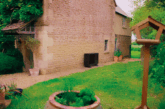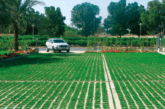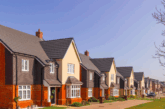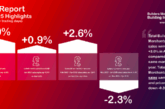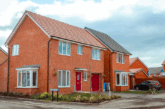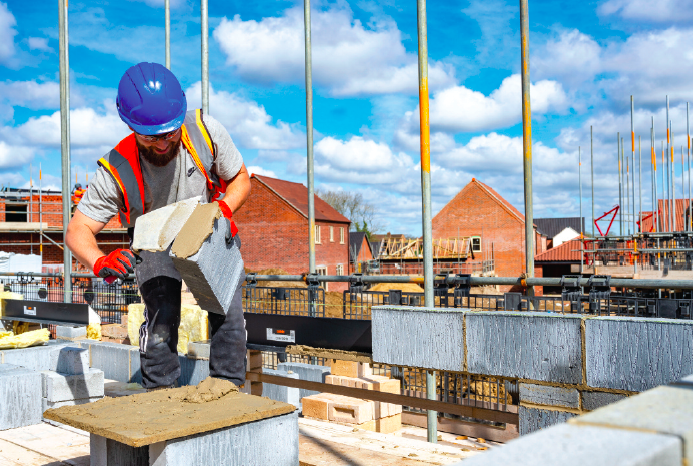
Calum Forsyth, Managing Director, H+H UK examines why the sustainability debate needs to move beyond assumptions and calls for consistent embodied carbon reporting.
The debate on sustainability in construction can sometimes be influenced by perception rather than data. Timber is frequently positioned as the most environmentally responsible choice, largely due to the intuitive appeal of trees absorbing carbon as they grow. But does this perception hold up when we scrutinise the facts?
Masonry, by contrast, is often seen as playing catch-up in terms of sustainability, despite offering advantages that are often overlooked. If we are serious about making informed, sustainable choices in housebuilding, we need to ensure that comparisons between materials are fair, evidence-driven, and account for the entire lifecycle of a building.
The challenge of embodied carbon comparisons
Embodied carbon – the emissions associated with the production, transportation, and disposal of building materials – is a crucial factor in sustainability. Yet inconsistencies in how it is measured and reported make it difficult to compare different materials accurately. The construction industry relies on Environmental Product Declarations (EPDs) to assess embodied carbon, but these are not always standardised. Different methodological approaches are taken, different units of measurements used, and sometimes generic (rather than product-specific) data is used. Some EPDs include non-required fields such as the construction and building use stages, where others do not. Some EPDs highlight only the ‘cradle-to-gate’ emissions (up to the point of construction), omitting end-oflife impacts.
We believe the focus should be on ‘whole life’ or ‘cradle-to-grave’ carbon emissions to enable a more accurate comparison. It’s worth noting that some legacy EPDs include biogenic carbon credits, which can be misleading. The 2013 EPD standard permitted ‘cradle-to-gate’ assessments for biomass materials. This allowed some timber products to report carbon storage as a credit, factoring in sequestration during tree growth, but not the emissions released when the wood is ultimately burned or disposed of.
The RICS Whole Life Carbon Assessment (WLCA) for the built environment acknowledges this discrepancy, requiring that biogenic carbon be fully modelled in lifecycle calculations. However, inconsistencies persist. If we are to make meaningful sustainability choices, embodied carbon must be assessed using a consistent methodology that allows for true like-forlike comparisons.
Longevity matters
Another key factor in sustainability is the lifespan of the materials used. A home built today needs to last significantly longer than current policy assumes. The rate at which we replace housing stock suggests that homes built now may need to endure for hundreds of years. Given this, the choice of materials becomes critical.
Masonry products, including aircrete blocks, have a lifespan exceeding 100 years, and are resistant to fire, mould and damp, ensuring structural resilience for generations. Some timber products, while effective in certain applications, require careful maintenance and, in some cases, replacement within a much shorter timeframe. If we are serious about reducing whole-life carbon, the longevity of materials must be factored into the equation. A material that lasts twice as long should not be penalised by short term carbon assessments.
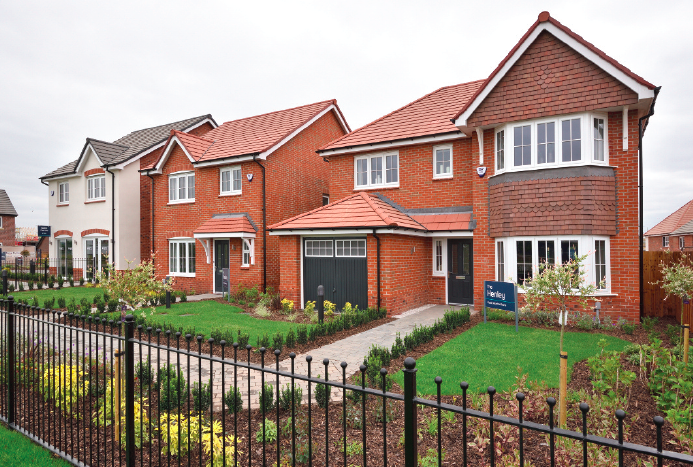 The question of resource availability
The question of resource availability
Environmental impact is about more than carbon; it’s about responsible resourcing. The government has been encouraging greater use of structural timber in housebuilding, but this raises an important question: where is this timber coming from?
The UK is already the world’s second largest importer of timber, behind only China. Approximately 80% of the timber used in the UK is imported, exposing the industry to supply chain vulnerabilities. With global demand for timber expected to quadruple by 2050ii, securing a reliable and sustainable supply will become increasingly challenging.
Even if the UK were to prioritise domestic timber production for structural use, it would take decades for new forestry initiatives to contribute meaningfully to the supply chain. In contrast, aircrete products are produced using locally sourced raw materials, with UK-based manufacturing ensuring accurate control and reporting of all carbon emissions associated with their production.
Furthermore, in the time it would take for the UK to grow enough construction-grade timber to meet demand, other industries will have decarbonised their own production processes. This will have a significant impact on embodied carbon numbers. While timber’s embodied carbon is likely to remain the same aircrete’s carbon footprint will continue to decrease as manufacturing processes evolve and the UK’s energy grid shifts to renewable sources.
A balanced approach to sustainability
The sustainability debate cannot be reduced to simple narratives. While timber has its advantages, it is not the automatic environmental choice it is sometimes perceived to be. The key to sustainable housebuilding lies in accurate carbon reporting, long-term durability, and responsible resource management. By adopting standardised methodologies for assessing embodied carbon, taking a longer-term view of material lifespan, and considering the resilience of supply chains, we can make informed choices that prioritise genuine sustainability. When all factors are considered, the most sustainable choice may not be the most obvious one.
More information on H+H UK

